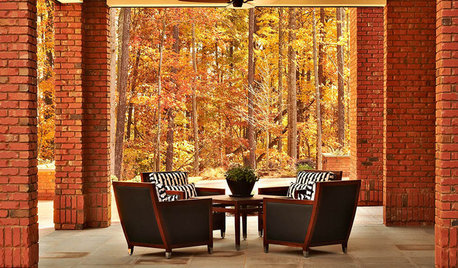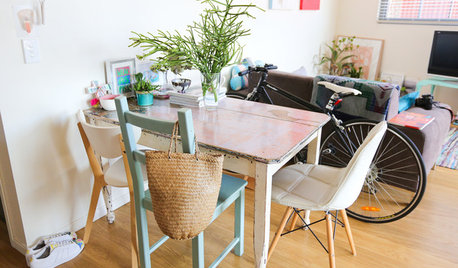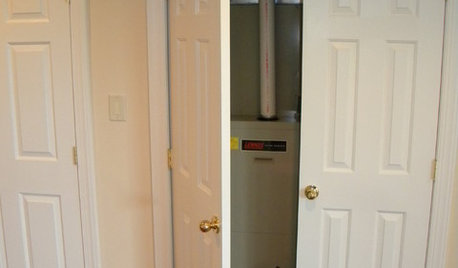First time garden- not producing. advice?
maxlife92
11 years ago
Related Stories

GARDENING GUIDES10 Easy Edibles for First-Time Gardeners
Focus on these beginner-friendly vegetables, herbs, beans and salad greens to start a home farm with little fuss
Full Story
BATHROOM DESIGNDreaming of a Spa Tub at Home? Read This Pro Advice First
Before you float away on visions of jets and bubbles and the steamiest water around, consider these very real spa tub issues
Full Story
FARM YOUR YARDAdvice on Canyon Farming From L.A.'s Vegetable Whisperer
See how a screened garden house and raised beds help an edible garden in a Los Angeles canyon thrive
Full Story
LOFTSHouzz Tour: 12 Years of Tinkering Produce an Amazingly Artful Loft
Major DIY efforts turn 3 units in a former Portland factory into a single home brimming with personality
Full Story
LIFEGet the Family to Pitch In: A Mom’s Advice on Chores
Foster teamwork and a sense of ownership about housekeeping to lighten your load and even boost togetherness
Full Story
THE ART OF ARCHITECTURESound Advice for Designing a Home Music Studio
How to unleash your inner guitar hero without antagonizing the neighbors
Full Story
ARCHITECTUREGet a Perfectly Built Home the First Time Around
Yes, you can have a new build you’ll love right off the bat. Consider learning about yourself a bonus
Full Story
LIFEWorld of Design: Discoveries of 10 First-Time Homeowners
See how people around the globe have shaped their starter houses and made them their own
Full Story
MOST POPULARA First-Time Buyer’s Guide to Home Maintenance
Take care of these tasks to avoid major home hassles, inefficiencies or unsightliness down the road
Full Story
FALL GARDENINGWhy Fall Is the Best Time for Planting
Spring is overrated for planting. Starting plants in autumn has advantages for both garden and gardener
Full StoryMore Discussions







tx_ag_95
dogwind
Related Professionals
Windham Landscape Architects & Landscape Designers · Williamsburg Landscape Contractors · Arden-Arcade Landscape Contractors · Broomfield Landscape Contractors · Eustis Landscape Contractors · Lakewood Landscape Contractors · Pleasant Prairie Landscape Contractors · Rio Linda Landscape Contractors · Smyrna Landscape Contractors · Wells Landscape Contractors · West Chicago Landscape Contractors · Wichita Window Contractors · Bellwood Window Contractors · Minnetonka Window Contractors · Ocean Pines Window Contractorssfmathews
maxlife92Original Author
carrie751
tx_ag_95
optimistique
sfmathews
maxlife92Original Author
carrie751
Lin barkingdogwoods
jardineratx
maxlife92Original Author
maxlife92Original Author
Bryan Scott
maxlife92Original Author
Bryan Scott
maxlife92Original Author
ju1234
maxlife92Original Author